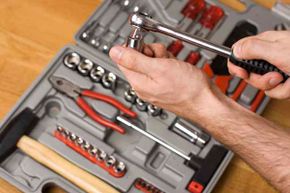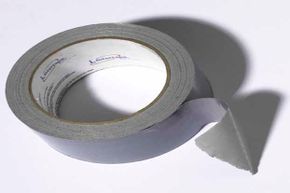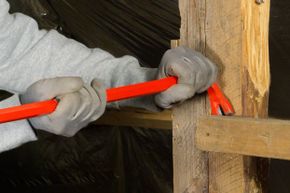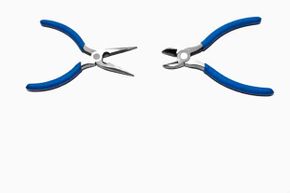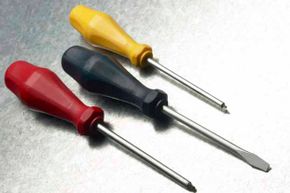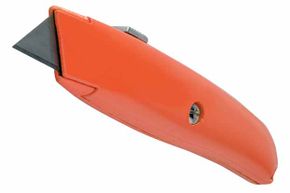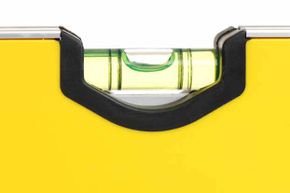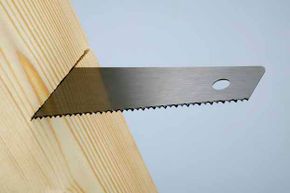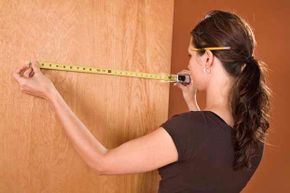Key Takeaways
- Essential tools for any well-equipped workshop include duct tape, known for its versatile and strong adhesive properties suitable for temporary fixes, and a hammer, indispensable for driving nails and other tasks requiring force.
- A crowbar provides leverage for prying and demolition tasks, while pliers and a wrench are crucial for gripping and turning objects.
- Other must-have tools listed include a utility knife for precise cutting tasks, a level for ensuring surfaces are plumb and level, a handsaw for manual cutting, and a tape measure for accurate measurement in any project.
From ancient Archimedes' early descriptions of lever and pulley systems to Greek philosophers who recorded wheel and axle mechanisms, humans have a substantial history involving hand tools. Using an aide to bore, strike, cut, measure or hold has become an essential ingredient in human progress; hence, the home workshop filled with timeworn hand tools.
We admit, outfitting your workshop with handsaws and hammers may feel antiquated, but there are just some jobs that can't be accomplished with a power tool. For a well-stocked workspace, you'll need a few multipurpose tools for routine home maintenance or the occasional DIY improvement project.
Advertisement
And, thanks to this roster of perpetually expedient hand tools, you won't even need to take out a second mortgage to feel like you've mastered your domain. No matter your skill level or experience, these 10 will prove, well, handy.
